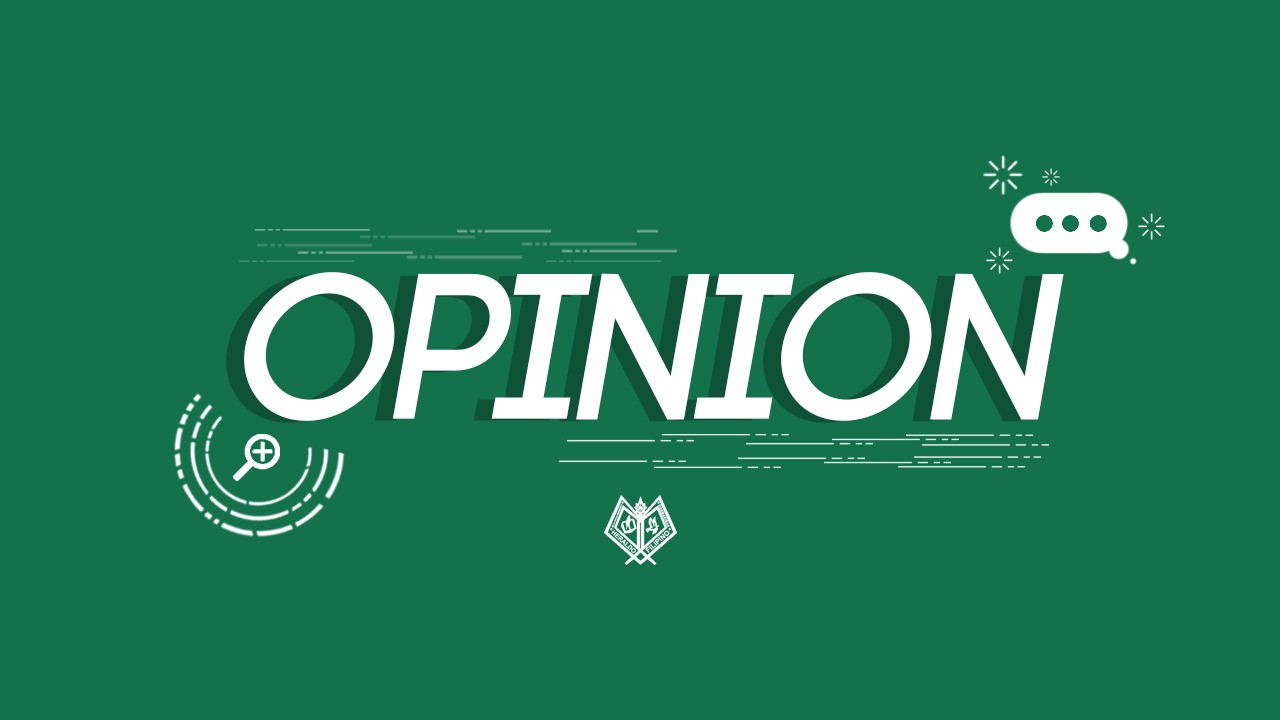The ideal woman doesn’t exist
Originally published in The HERALDO FILIPINO Broadsheet Vol. 34 Double Issue
It’s easy to think we’ve already shattered the mold women are forced to fit into, but if asked, we all still share the same idea of what an ideal woman should feel, sound, and look like. Her hair is elegant and shiny; her smile is perfect, white, and gleaming. She is productive but not visibly overworked, determined but carefree. Her body is conventionally perfect, or if not yet, her dimension revolves around the goal and the process of getting there.
We fundamentally assume that there is only one proper way for a woman to live and this has made an environment that both magnifies and diminishes women. This is why the pressure to achieve certain goals to become more ladylike exists under the guise of “self-care”. Although it is not wrong to prioritize ourselves, this idea is actually just a rebrand of the same old things we are told in women and health magazines (“Get in shape” is now “Be your healthiest”) to sound more progressive. This situation is a lot worse in the digital era, now that there are plethoras of actual “influencers” with an open narrative and perfect persona telling you how to live your life. They make us feel like we devote to detox and skincare for ourselves, when in reality, the market, the consumers, and the people around us know we are all doing this to stay radiant for whoever society thinks we do it for, like the husband waiting for us at home or in the future.
Whether or not we’re doing all of these for ourselves burrows a deep question, and a lot deeper, on why we keep doing it. If you think about it, only a small percentage of women are meant to be optimal to this “become your best” system, because many people even struggle to be good in the first place. This pursuit is therefore impossible—and it is meant to be that way.
In The Beauty Myth, Naomi Wolfe wrote about how women are held to a higher level of beauty standard over which we have no control of. There are three things a woman needs to believe to enlive this myth, she furthered. First, we think that beauty is a “legitimate and necessary qualification for a woman’s rise in power.” Second, we convince ourselves that we have overcome the beauty standard’s reliance on chance and discrimination, but of progress and hard work. Third, we think that beauty is gained along with power. Achievements, in reality, do not liberate women from the haunting expectations, in fact, they tie them down inseparably.
This births an unbreakable cycle of women wanting to be their “ideal” selves motivated by the cliché “be yourself”, which actually underlies the truth we whisper ourselves: I want to be myself, yes, but that certain self that society wants is not me quite yet—so I have to work hard to be that self. The cycle, then, is now larger than a beauty myth, as it becomes an irrational lifestyle myth.
If old tales found the heart of the woman at the palm of subservience, now is a good time to find strength of the woman in defiance
Then again, this is still a prologue to the singular story society wrote for women. The longer chapters belong to the husband that’s waiting for us, who actually, is painted as the husband we are dying to meet. I’ve always wondered why the institution of marriage, especially in films, is deemed much more personal to women than it is to men (in a husband-and-wife setting), and why a woman’s narrative has three main components: children, husband, and home. These terms are usually expressed and rooted to the kind of happiness attainable through pathways built for us. But as these conventions keep a woman closer to society, these are the same conventions that keep a woman distant from her true self.
Women, however, are not complete victims to this system with the generation of women working to fight and break free from the shackles of these standards and myths. Rebellion from the “ideal” is the first step to turn the table around and confront the impossible standards imposed upon us. We need to remember that the narrative handed to us is not necessarily the narrative we should partake in. If old tales found the heart of the woman at the palm of subservience, now is a good time to find strength of the woman in defiance, and break free from the shackles that define us as wonder, pretty, and little women only.
The ideal woman doesn’t exist because there is no way to become one. The ideal woman doesn’t exist because we refuse to adhere to what is expected of us, and we defy the idea that we improve ourselves for the others, from the assumption that every woman’s action is motivated by a larger mechanism other than herself.
The ideal woman doesn’t exist because “there is no good way to being a woman,” Rebecca Solnit wrote in the essay The Mother of All Questions. “The art may instead lie in how we refuse the question.”




